Intro
The management of diabetes, particularly type 1 diabetes and some cases of type 2 diabetes, often involves insulin therapy. Insulin is a hormone that regulates blood sugar levels, and when the body cannot produce enough of it, external sources are necessary. There are several methods for administering insulin, each with its own advantages and considerations. Understanding these methods is crucial for individuals with diabetes to manage their condition effectively and maintain a high quality of life.
Effective diabetes management requires a comprehensive approach, including a balanced diet, regular physical activity, and, for many, insulin therapy. The way insulin is administered can impact its effectiveness, convenience, and the overall experience for the individual. With advancements in medical technology, the options for insulin administration have expanded, offering more choices than ever before.
The importance of proper insulin administration cannot be overstated. It directly affects blood glucose levels, which, if not managed correctly, can lead to serious health complications, including heart disease, kidney damage, and nerve damage. Therefore, choosing the right method of insulin administration is a critical decision that should be made in consultation with a healthcare provider. This decision takes into account the individual's lifestyle, the severity of their diabetes, and their personal preferences.
Introduction to Insulin Administration Methods
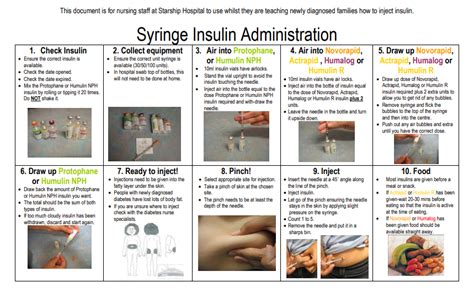
Insulin administration methods have evolved significantly over the years, from traditional syringes to more sophisticated devices like insulin pumps. Each method has its unique characteristics, advantages, and potential drawbacks. Understanding these aspects is essential for making informed decisions about diabetes management.
Types of Insulin Administration
There are several types of insulin, classified based on their onset and duration of action. These include rapid-acting, short-acting, intermediate-acting, and long-acting insulins. The choice of insulin type, along with the administration method, plays a crucial role in achieving optimal blood glucose control.Syringes and Vials
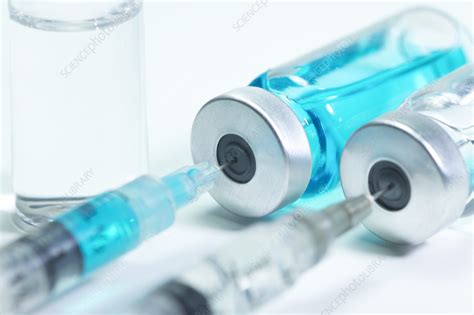
One of the most traditional and widely used methods for administering insulin is through syringes and vials. This method involves drawing the required dose of insulin from a vial into a syringe and then injecting it into the body, typically into the subcutaneous tissue. Syringes and vials are relatively inexpensive and straightforward to use, making them a common choice for many individuals with diabetes.
The steps for using syringes and vials include:
- Washing your hands thoroughly
- Preparing the syringe and vial
- Drawing the insulin into the syringe
- Injecting the insulin
- Disposing of the syringe safely
Advantages and Disadvantages
While syringes and vials are effective, they also have some drawbacks, such as the need for precise measurement and the potential for dosing errors. Additionally, the visibility of injecting insulin can be a deterrent for some individuals, especially in public settings.Insulin Pens
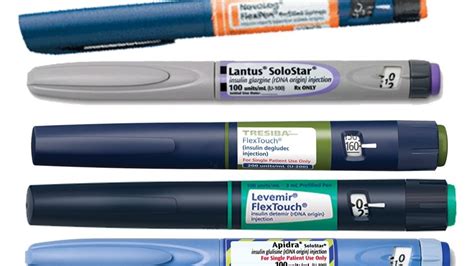
Insulin pens are another popular method for administering insulin. These devices are prefilled with insulin and use replaceable needles for each injection. Insulin pens are known for their convenience, ease of use, and portability. They come in two main types: reusable pens that can be refilled with insulin cartridges and disposable pens that are thrown away when empty.
The benefits of insulin pens include:
- Ease of use, with a simpler injection process
- Portability, making them easy to carry
- Less visible than traditional syringes, which can be beneficial in public
How to Use Insulin Pens
Using an insulin pen involves: - Attaching a new needle - Dialing the correct dose - Injecting the insulin - Removing the needle and disposing of it safelyInsulin Pumps
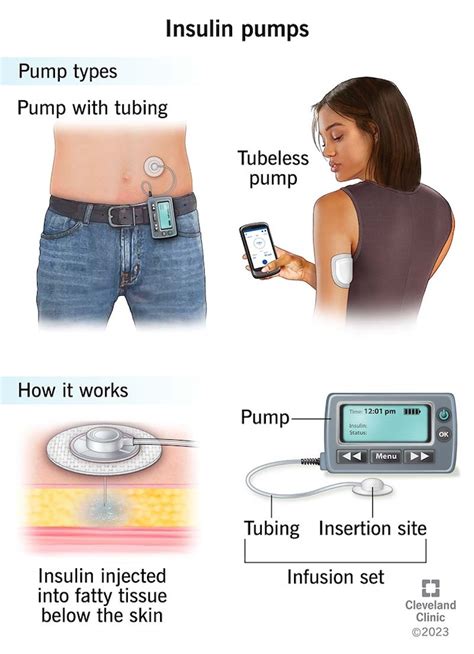
Insulin pumps are small, computerized devices that deliver insulin continuously throughout the day. They are worn externally and connected to the body via a small cannula inserted under the skin. Insulin pumps can provide more precise insulin delivery, mimicking the natural pattern of insulin release by the pancreas.
The advantages of insulin pumps include:
- Continuous insulin delivery
- Ability to program basal rates and bolus doses
- Reduced need for multiple daily injections
Living with an Insulin Pump
Individuals using insulin pumps need to: - Insert a new cannula every few days - Monitor blood glucose levels regularly - Adjust basal rates and bolus doses as neededInhaled Insulin
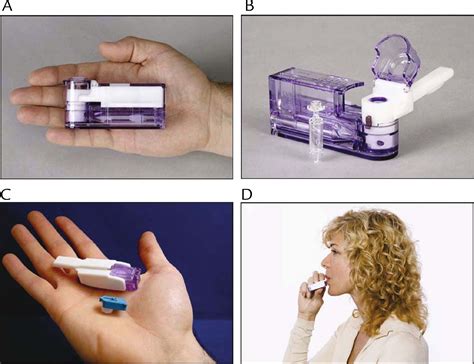
Inhaled insulin is a relatively newer form of insulin administration, approved for use in adults with type 1 or type 2 diabetes. It is administered using an inhaler device before meals to manage blood sugar spikes. Inhaled insulin offers an alternative to injections, which can be appealing to those who fear needles or prefer a more discreet method of insulin administration.
The key points about inhaled insulin include:
- It is fast-acting, with effects beginning within 12-15 minutes
- It is used in addition to long-acting insulin for basal coverage
- It requires proper technique to ensure effective delivery
Considerations for Inhaled Insulin
Before starting inhaled insulin, individuals should: - Discuss the potential benefits and risks with their healthcare provider - Understand the proper technique for using the inhaler - Monitor their lung function, as inhaled insulin can affect itImplantable Insulin Devices
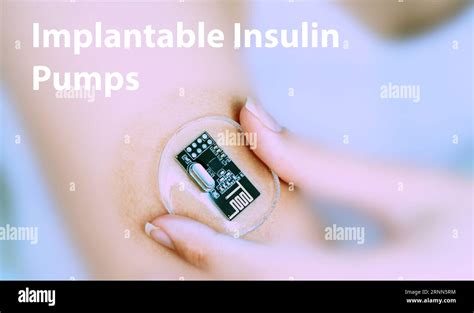
Implantable insulin devices, though still in the developmental stages for some types, represent a cutting-edge approach to insulin therapy. These devices are surgically implanted and can provide insulin continuously, reducing the need for daily injections. They are designed to mimic the natural pancreas's function more closely than traditional methods.
The potential benefits of implantable devices include:
- Reduced burden of daily injections
- Improved glycemic control
- Enhanced quality of life
Future of Insulin Administration
As technology advances, we can expect to see even more innovative methods for insulin administration. These might include fully implantable pumps, smart pens that calculate doses based on glucose levels, and potentially even a cure for diabetes through stem cell therapy or other means.For individuals living with diabetes, the variety of insulin administration methods available today offers the opportunity to find the best fit for their lifestyle and preferences. Whether through traditional syringes, insulin pens, pumps, inhaled insulin, or future technologies, the key to effective diabetes management is finding a method that works well for the individual and sticking to it consistently.
To further assist in understanding the nuances of insulin administration, let's address some frequently asked questions:
What is the most effective method of insulin administration?
+The most effective method depends on the individual's lifestyle, preferences, and specific diabetes management needs. It's essential to consult with a healthcare provider to determine the best approach.
Can I switch from one insulin administration method to another?
+Yes, it's possible to switch methods. However, this should be done under the guidance of a healthcare provider to ensure a smooth transition and to adjust insulin doses as necessary.
Are there any new technologies on the horizon for insulin administration?
+Yes, several new technologies are being developed, including advanced insulin pumps, smart insulin pens, and potential implantable devices that could revolutionize insulin therapy in the future.
In conclusion, the journey to managing diabetes effectively involves a deep understanding of the various insulin administration methods available. By exploring these options and discussing them with a healthcare provider, individuals with diabetes can make informed decisions that improve their quality of life and help them achieve better glycemic control. We invite you to share your experiences or ask further questions about insulin administration methods, and we encourage you to explore additional resources for comprehensive diabetes management.
